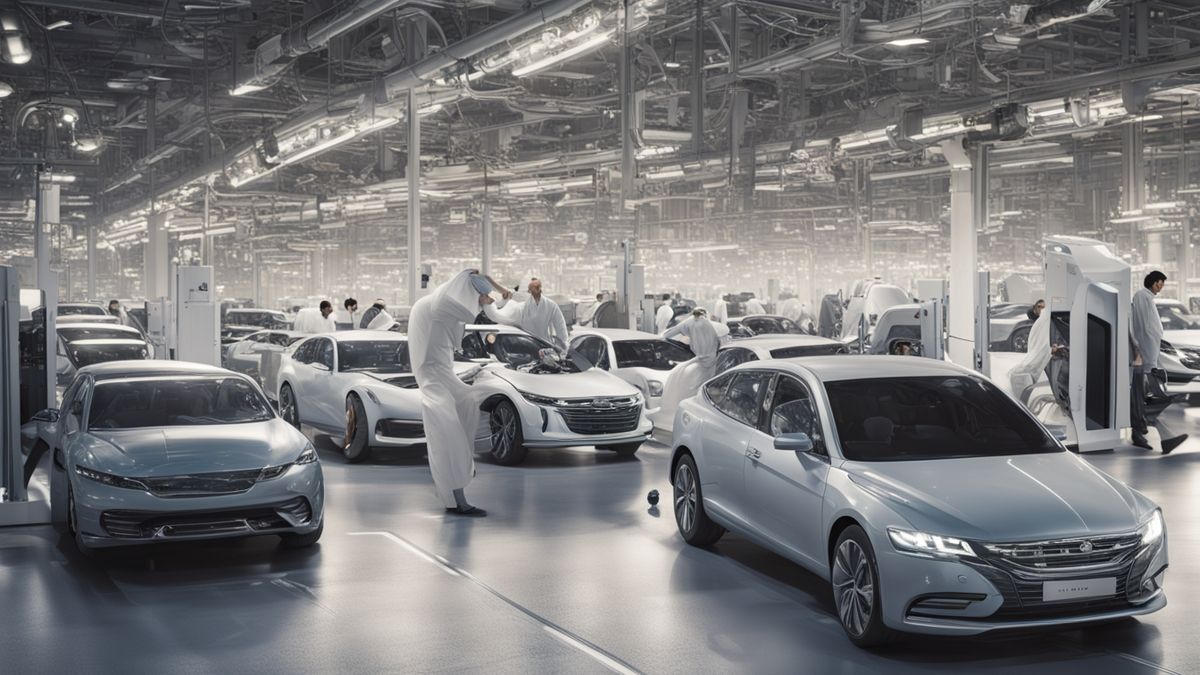
Imagine a journey through the bustling streets of Riyadh, where the hum of electric engines blends with the traditional sights and sounds of Saudi Arabia. Here, in the heart of the desert kingdom, a quiet revolution is taking place, one that could redefine the global automotive landscape. The Saudi Arabia Automotive Sensors Market, once a nascent player in the world of vehicles, is now at the forefront of an automotive transformation, driven by a surge in demand for high-tech, modern vehicles.
The Engine of Change: Technological Advancements and Consumer Demand
The heartbeat of this revolution is the automotive sensor, a seemingly small component that plays a critical role in the modern vehicle’s anatomy. From ensuring the optimal performance of electric and hybrid vehicles to enhancing safety through advanced driver-assistance systems (ADAS), these sensors are the unsung heroes of automotive innovation. In Saudi Arabia, the demand for vehicles equipped with these technologies is not just growing; it’s soaring. The reasons are manifold: an increasing awareness of environmental issues, government initiatives aimed at diversifying the economy away from oil, and a growing appetite among consumers for vehicles that offer more than just a means to an end. They seek cars that promise safety, efficiency, and a minimal carbon footprint.
Driving Forces: Government Initiatives and Market Segmentation
Behind this seismic shift in consumer preferences and market dynamics are significant government initiatives. The Saudi Vision 2030, with its ambitious goals for economic diversification, has been a catalyst for investment in the automotive sector, particularly in technologies that promise a greener, more sustainable future. This vision aligns perfectly with the global push towards electric and hybrid vehicles, which require an array of sensors for everything from battery management to motor speed control. The market is segmented by sensor type, vehicle type, application, technology, and region. This segmentation highlights the critical role of temperature, pressure, oxygen, position, motion, torque, and optical sensors across different vehicle types and applications. Moreover, the distinction between MEMS and non-MEMS technology further underscores the technological diversity within the automotive sensors ecosystem.
On the Horizon: Emerging Trends and Market Growth
As the market for automotive sensors in Saudi Arabia continues to expand, several emerging trends are poised to shape its future. The integration of IoT and AI technologies with automotive sensors is opening up new possibilities for vehicle automation and connectivity, making cars smarter and more responsive to their environment. Autonomous vehicles, once a distant dream, are now within reach, thanks in no small part to advances in sensor technology. These trends, coupled with substantial investments in research and development, are expected to propel the Saudi Arabia Automotive Sensors Market to new heights, with a forecasted CAGR of 5.94% during 2024-2032.
As this market races towards a tech-driven future, the implications for the global automotive industry, the environment, and everyday consumers are profound. The sensors powering this change may be small, but their impact is anything but. In Saudi Arabia, the future of driving is not just about getting from point A to point B; it’s about doing so in a way that is safer, cleaner, and more efficient than ever before. The journey has just begun, and the destination promises to be nothing short of revolutionary.
